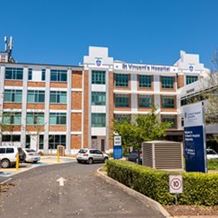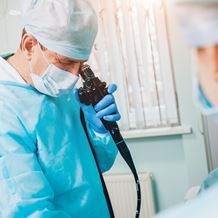Patient resources Urology

Important information for all patients
Please read prior to admission
PDF file for download/print
What is Urethroplasty?
Buccal Mucosal Urethroplasty uses the lining inside the mouth to reconstruct the urethra. This procedure is performed when strictures cause narrowing of the urethra.
Procedure
An incision is made between the scrotum and the anus to allow the surgeon access to the urethra. The urethra is then fully dissected out around stricture.
An incision is made between the scrotum and the anus. The urethra is dissected and the stricture opened.
A graft is placed at the stricture site to widen the urethra. Generally, the best source of the graft is the buccal mucosa which lines the inside of the mouth. The graft is connected on to the penile tubes (corpora cavernosum) stitches to allow the graft to live on its surface and take up a blood supply.
An catheter is placed and the wound closed around it in layers.
What to expect after the surgery
After the surgery you will wake up with a urinary catheter tube placed in the bladder through the urethra. This will stay in the urethra for around four weeks to allow the urethra to fully heal up around the catheter.
You should be able to eat and drink normally and get up and walking the next day.
Mouth care:
Stitches, if used, are dissolvable. Please follow these steps to care for your mouth wound:
use mouth wash three to four times a day for two weeks to keep the wound clean
blow up regular size balloons x 10 times a day for six months
do not eat chilli or temperature hot foods and beverages for five to seven days.
Wound care:
The sutures used on the perenia are also dissolvable. A see through dressing will be applied to the wound and you will have a compression bandage on for 24 hours post surgery. Please follow these steps for the care of your perenial wound:
- the dressing may be removed in five to seven days when it starts to lift
- the wound may then be gently cleaned with soap and water in a shower and thoroughly dried
- there is to be no prolonged immersion in water i.e. baths or swimming pools until wound is fully healed
- report increasing redness, swelling, heat, bleeding, discharge or a burning sensation of the wound to your GP or Nurse.
Catheter care:
The catheter is to be secured to the abdomen with a Stat-lock. Make sure that the catheter securing device is promptly reapplied if it comes off. The catheter is to remain on free drainage attached to a two litre bag. The catheter will remain in place for four weeks.
Please ensure the catheter does not become kinked.
What to expect when you go home
- You will not be able to drive or do any major activity for two weeks after your surgery. Do not lift more than two kilos i.e. a two litre container of milk.
- You will need to have oral antibiotics for five days after you are discharged.
- You will need to restart the oral antibiotics the day prior to coming to the hospital for the removal of your catheter and continue on these antibiotics for five days.
- If you are on blood thinners – e.g. aspirin, plavix, asasantin, warfarin, xarelto – please check when it is okay to restart taking these with your doctor.
- You will need to return to see your specialist in four weeks for the catheter to be removed. You will be required to stay at the hospital for few hours after the removal of the catheter to pass urine twice and then on the third void perform a Flow Rate test. Please make sure to drink plenty of water before this test. Drink at least two litres of water the day before and a glass of water every 15 minutes for the hour before your appointment.
Follow up:
- Your first follow up appointment will be at four weeks after your surgery for catheter removal and flow rate test.
- Three monthly follow up appointments will be required for one year post surgery for Flow Rate assessment and to check your mouth wound.
- You will require biannual checks for one year for Flow Rate assessments and to inspect your mouth wound.
- After this you will require a yearly Flow Rate assessments for three years, and second yearly Flow Rate assessments from then on.
- A follow up questionnaire will be required to be completed on each follow up visit.
For any concerns – call your specialist during working hours or St Vincent’s Emergency after hours on (07) 4690 4444.
Related Content

Patient Information & Safety- Admission Information
Information about patient admission at St Vincent's Private Hospital Toowoomba.
Read More
Bowel, Colorectal & Upper Endoscopy
Information for patients having bowel and colorectal procedures at St Vincent's Toowoomba.
Read More
Orthopaedics
Information for patients having orthopaedic surgery at St Vincent's Toowoomba.
Read More
